Gothamist | David Brand | October 17, 2023
The typical New York City tenant continues to face financial trouble.
A newly released analysis of 2021 city housing data finds that one in three households are spending at least half their income on rent, while 55% are spending about a third of their earnings to stay in their apartments.
A report from the nonprofit Community Service Society finds about 1.2 million households in the five boroughs in 2021 are considered “rent burdened,” a term coined by the federal government when it comes to how much people should pay for housing.
Meanwhile, about 34% of New York City tenants were “severely rent-burdened,” meaning they gave at least half their income to their landlord, the report shows.
The latest figures reflect a trend dating back nearly two decades, with the majority of New York City renters spending at least 30% of their income on rent since 2005.
CSS examined granular data on rents, housing conditions and tenant characteristics recently released by the city’s Department of Housing Preservation and U.S. Census Bureau as part of a survey process conducted every few years. Their analysis reveals the ongoing extent of New York City’s affordable housing crisis as a homelessness and median rents continue to surge.
The analysis found the situation was most dire for the poorest New Yorkers. About 84% of the 475,000 households earning below the federal poverty line — about $25,000 for a family of three — were severely rent burdened at the time of 2021 survey.
“That basically means that every single family that’s in this situation is on the brink of eviction in any given month,” said CSS housing policy analyst Oksana Mironova. “That’s staggering.”
Unpaid rent mounted during the COVID-19 pandemic, leading to more than 200,000 eviction filings across the five boroughs. City marshals have carried out more than 10,000 evictions since a freeze on legal lockouts ended at the start of 2022, according to data tracked and mapped by Gothamist.
Meanwhile, the city’s homeless shelter population is swelling to record highs as low-income New Yorkers, and tens of thousands of newly arrived migrants, who can’t afford rents seek emergency accommodations.
The CSS report is based on a vast housing survey conducted by HPD and the Census Bureau in 2021 to determine vacancies, rents, household incomes and other pieces of data. The results are used to determine whether New York’s rent regulations will remain in effect and also inform local policy and decisions by the city’s Rent Guidelines Boards.
After publishing an initial summary last year, the two agencies released “microdata,” allowing researchers and analysts to review apartment-level trends and markers of economic insecurity.
CSS found the median renter household in New York City earns about $60,600 — far lower than the area median income set by the federal government and used to determine affordability levels.
Sam Stein, another CSS housing policy analyst, said the data paints a grim picture of a city often associated with wealth and luxury.
“The median renter is rent-burdened and the median New Yorker is low income,” Stein said. “It’s a very different image than I think a lot of people have of who lives in New York City.”
The median income in rent-stabilized housing is even lower, at just under $47,000, according to the data. Stein and Mironova said the report shows the importance of rent regulations that limit annual increases and compel landlords to offer a lease renewal in most cases.
They are also calling for more deeply affordable development and housing solutions, like new cooperatives and nonprofit-owned community land trusts, where residents pay no more than 30% of their income each month.
HPD spokesperson William Fowler said the city is trying to make apartments affordable to more New Yorkers by expanding access to housing vouchers, increasing the number of units reserved for homeless residents and proposing new rules to fuel construction.
“To truly reduce rent burden, this administration is attacking the issue from all directions,” Fowler said.
Groups representing developers and landlords have fiercely resisted calls for more rent regulations, saying they restrict owners’ ability to earn money and invest in their properties. They say current rules force them to hike prices on non-stabilized apartments in order to offset the costs of repairs on regulated units, only fueling the rent burden for many residents.
The Real Estate Board of New York, an influential trade group, said the city has to build its way out of the affordable housing crisis and urged state lawmakers to lift restrictions on development, while approving a sweeping new rental subsidy known as the Housing Access Voucher Program to help low-income New Yorkers cover the rent.
“State lawmakers need to move on several fronts to address the city’s worsening housing supply crisis,” said Basha Gerhards, REBNY’s senior vice president of planning.
Both Mayor Eric Adams and Gov. Kathy Hochul have set forth ambitious proposals to spur housing development across the city and state to relieve the affordability crisis.
Last year, Adams set a goal of building 500,000 new homes over the next decade — a target that would require 50,000 units every year.
But REBNY’s latest development report finds the city is on track to build just 10,000 new units this year.
Meanwhile in Albany, state lawmakers bucked Hochul’s plan this past legislative session to build 800,000 new homes over the next 10 years by setting specific housing production targets for municipalities.
